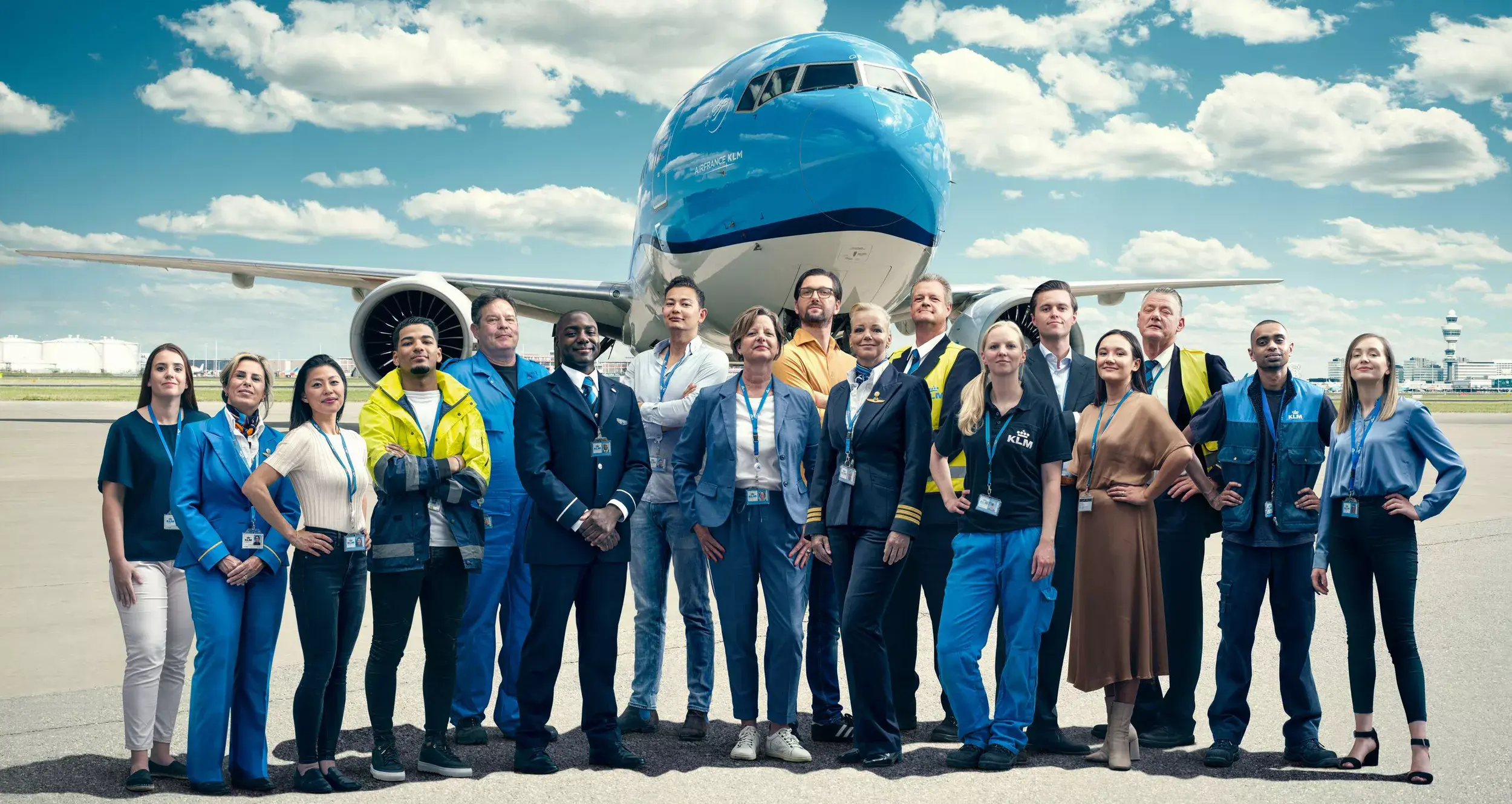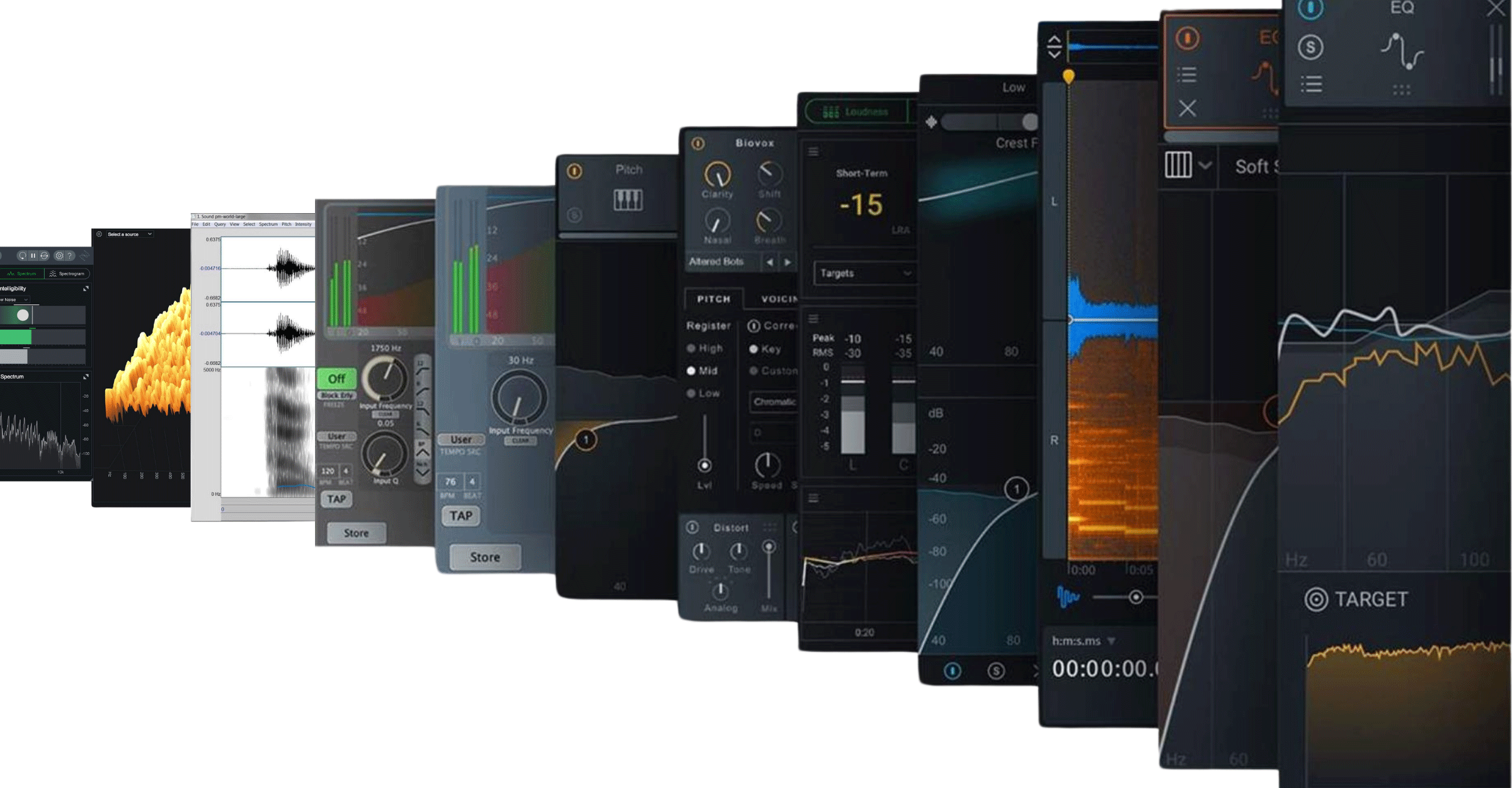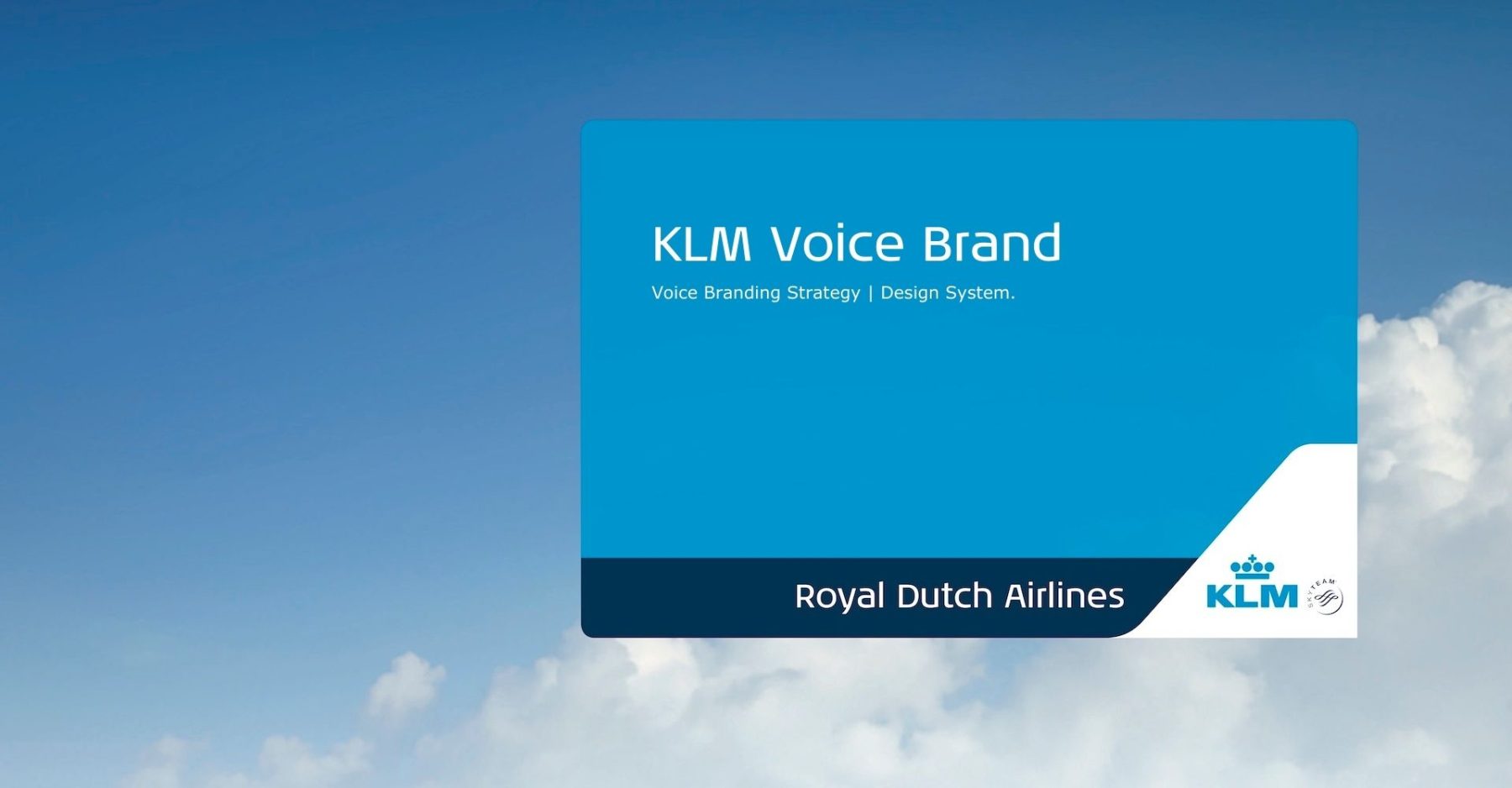In our journey, we focussed on leveraging Dutch and English to engage with KLM clients globally via conversational channels, among other platforms.
Our team's deep dive into KLM's brand identity involved understanding its culture, tone of voice, and core values. Through research, we uncovered the unique and recognizable attributes that make KLM stand out, shaping its distinct brand identity.
We became acquainted with an inside-out, identity-driven approach and strategy during the foundational research phase. This phase was crucial to our process, as its outcomes would profoundly influence our primary objective: reinforcing existing rules and design systems. Our approach was not to start from scratch, but to enhance and preserve the brand's compelling and authentic essence.
Upon completing our discovery and orientation phase, we collaborated closely with KLM's conversational and branding teams to establish and agree on specific requirements, expectations, and limitations.
Our task was to devise a creative, inclusive, and effective approach to designing KLM's AI voice. Our objective was to leverage the power of voice and speech to differentiate the brand, drive recognition, and enhance the conversational user experience.
During this pathfinding and exploratory stage, we conceived the innovative idea of allowing every KLM employee to audition for the opportunity to become "The Voice of KLM."

More than 350 voice talents participated in total. We leveraged a rich dataset to research voice perception to define and design KLM's Voice Brand.
As with any voice branding process, we needed speech data for our research. We began looking for candidates and collecting audio recordings at Amsterdam Schiphol Airport and KLM Headquarters.
A pop-up studio was used where KLM employees could submit their speech data and record their voices. Employees could walk in to record a script and participate in the project.
We depended solely on existing data and experience in the secondary research stage.
Through an in-depth analysis of existing research, we gathered relevant perceptual data for collaborative interpretation with our team. This process initiated our comprehension of how pivotal characteristics can be conveyed through voice and speech, aligning with the brand's desired identity and associations.
Additionally, we intuited that we would need at least two different voices, one for each language, to represent the brand. Although, we didn't exclude the possibility of using language transfer technologies.

As a result of our combined primary and secondary research efforts, we were able to define voice standards: an overview of relevant insights, requirements, and guidelines for further voice curation. We also defined initial speaking styles to signal on-brand characteristics and effectively represent the KLM brand personality.
This enables us to create an initial on-brand voice profile that empowers a transparent, data-driven workflow for efficient, knowledgeable voice curation.
Because each voice is unique, we needed to analyze all voice recordings within our dataset acoustically. We selected a smaller group of voices for further quantitative research based on performance results determined by the degree to which the perception of a voice corresponds to the desired perception of the brand.

| Cookie | Duration | Description |
|---|---|---|
| cookielawinfo-checkbox-analytics | 11 months | This cookie is set by GDPR Cookie Consent plugin. The cookie is used to store the user consent for the cookies in the category "Analytics". |
| cookielawinfo-checkbox-functional | 11 months | The cookie is set by GDPR cookie consent to record the user consent for the cookies in the category "Functional". |
| cookielawinfo-checkbox-necessary | 11 months | This cookie is set by GDPR Cookie Consent plugin. The cookies is used to store the user consent for the cookies in the category "Necessary". |
| cookielawinfo-checkbox-others | 11 months | This cookie is set by GDPR Cookie Consent plugin. The cookie is used to store the user consent for the cookies in the category "Other. |
| cookielawinfo-checkbox-performance | 11 months | This cookie is set by GDPR Cookie Consent plugin. The cookie is used to store the user consent for the cookies in the category "Performance". |
| viewed_cookie_policy | 11 months | The cookie is set by the GDPR Cookie Consent plugin and is used to store whether or not user has consented to the use of cookies. It does not store any personal data. |